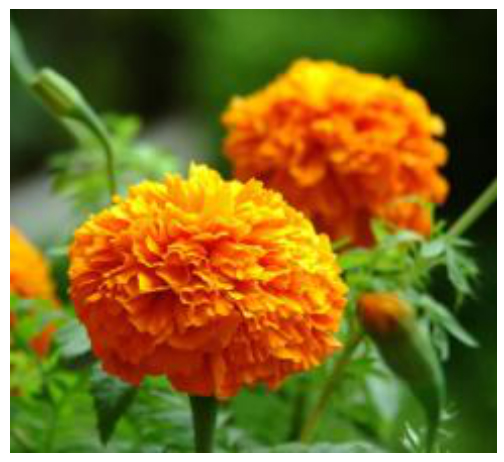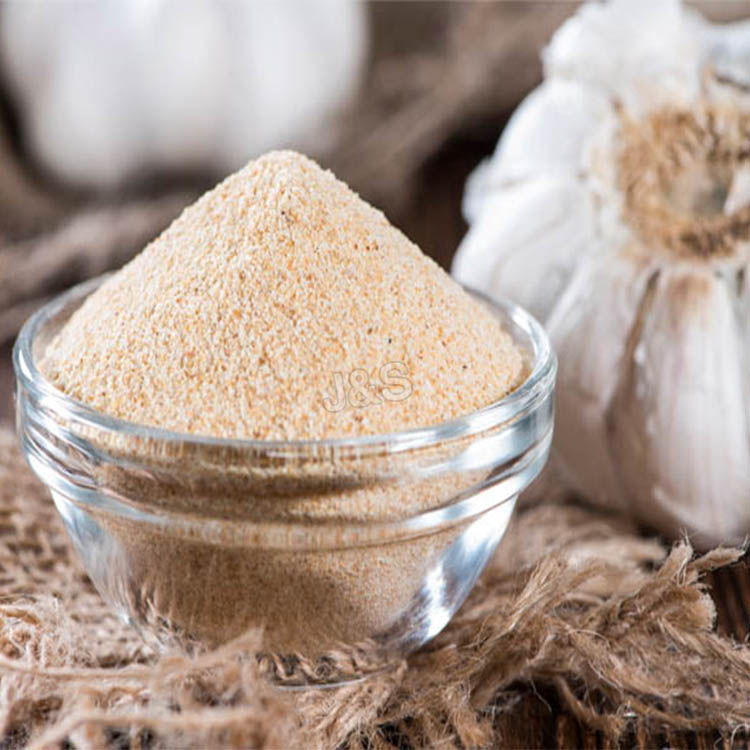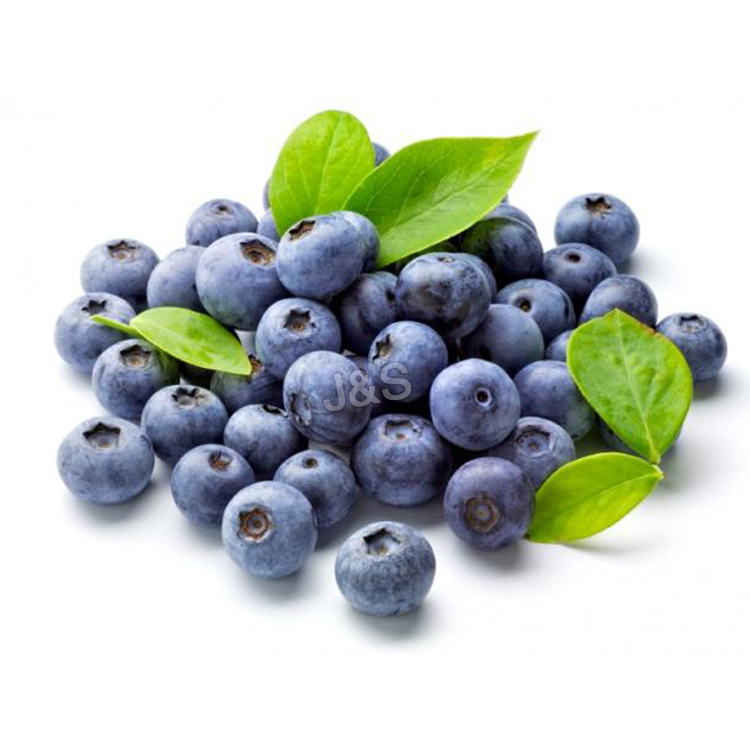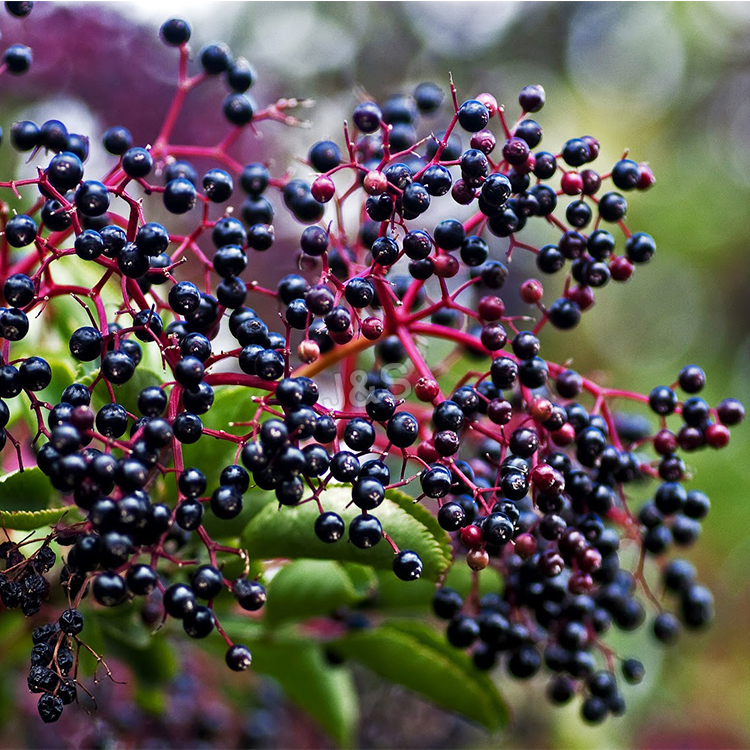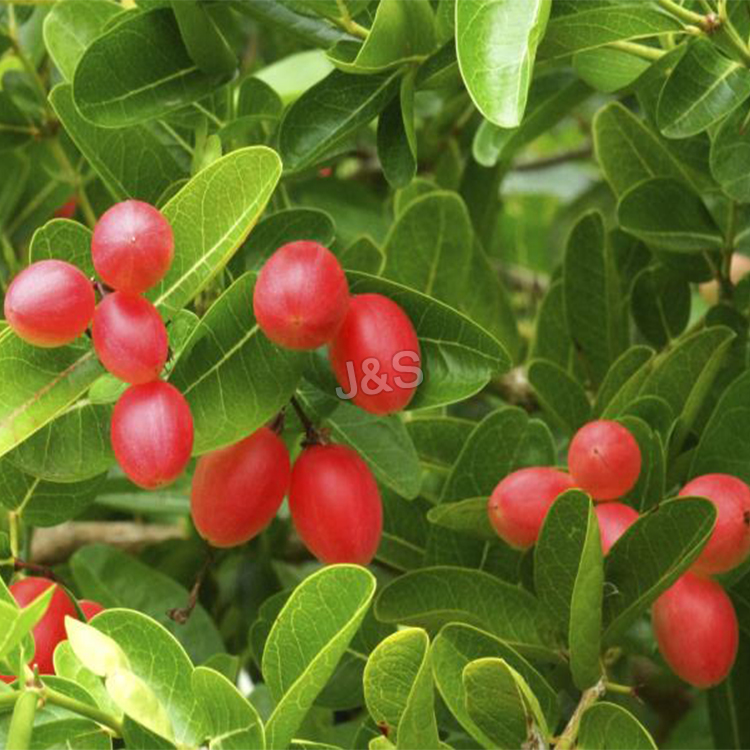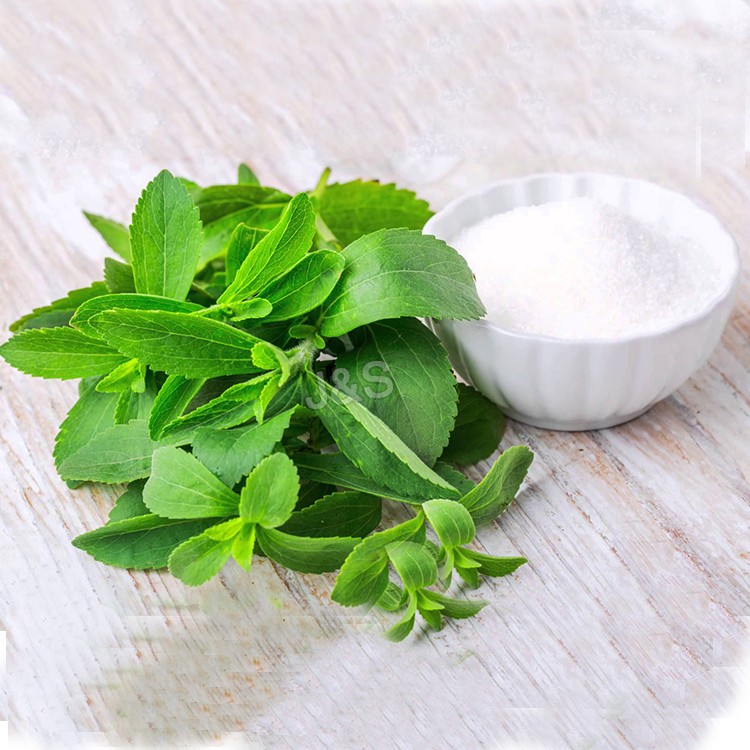Good Quality Marigold extract in Lesotho
Good Quality Marigold extract in Lesotho Detail:
[Latin Name] Tagetes erecta L
[Plant Source]fromChinal
[Specifications] 5%~90%
[Appearance] Orange Yellow fine powder
Plant Part Used: Flower
[Particle size] 80 Mesh
[Loss on drying] ≤5.0%
[Heavy Metal] ≤10PPM
[Storage] Store in cool & dry area, keep away from the direct light and heat.
[Shelf life] 24 Months
[Package] Packed in paper-drums and two plastic-bags inside.
[Net weight] 25kgs/drum
Introduction
Marigold flower belongs to compositae family and tagetes erecta. It is an annual herb and widely planted in Heilungkiang, Jilin, Inner Mongolia, Shanxi, Yunnan , etc.The marigold we used comes from Yunnan province. Based on the local situation of special soil environment and lighting condition , the local marigold have characteristics like growing fast,long flowering period ,high productive capacity and adequate quality.Thus, the steady supply of raw materials, high yield and reduction of cost can be guaranteed.
Products function
1).Protect skin from the harmful solar ray.
2).Protect skin through reducing the risk of macular degenration.
3).Prevent cardiopathy and cancer and resist arteriosclerosis.
4).Prevent retina against oxidation when absorb light
5).Anti-cancer and preventing diffuse of cancer cell
6).Promote eyes’ health
Usage
(1)Applied in pharmaceutical health care product field, it is mainly used in vision care products to alleviate visual fatigue, prevent macular degeneration,and protect the health of eye
(2)Applied in cosmetics, it is mainly used to whitening, anti-wrinkle and UV protection.
Product detail pictures:
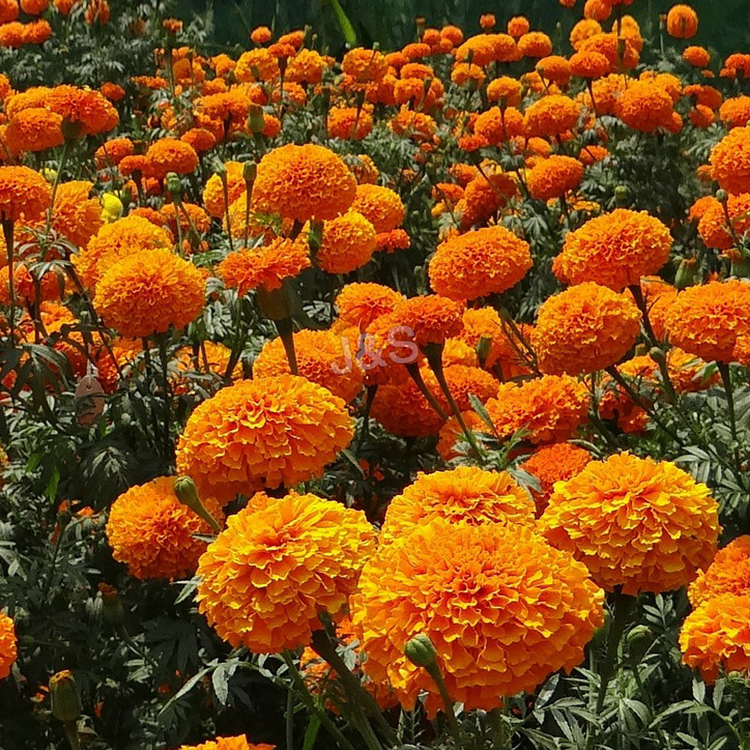
Related Product Guide:
Dedicated to strict quality management and thoughtful client services, our experienced staff customers are generally available to discuss your demands and guarantee full client pleasure for Good Quality Marigold extract in Lesotho , The product will supply to all over the world, such as: Hanover, Puerto Rico, Pretoria, Besides there are also experienced production and management , advanced production equipment to assure our quality and delivery time , our company pursues the principle of good faith, high-quality and high-efficiency. We guarantee that our company will try our best to reduce customer purchase cost, shorten the period of purchase, stable solutions quality, increase customers' satisfaction and achieve win-win situation .
Isotonix OPC-3 is a dietary supplement that bears some of the most powerful bioflavonoids currently known to research scientists. These bioflavonoids are scientifically termed oligomeric proanthocyanidins, commonly abbreviated OPCs. The purest and best-researched OPCs chosen for OPC-3 are prepared from grape seed, red wine, bilberries, Pycnogenol from pine bark and citrus fruit. This combination of powerful OPCs is unique to OPC-3, as is the Isotonix® delivery system, which enables rapid and highly efficient absorption of the OPCs. Isotonix OPC-3 has been shown to provide a variety of health benefits including, but not limited to, combating free radicals, demonstrating anti-inflammatory activity, helping maintain healthy cholesterol levels, helping maintain healthy circulation by strengthening capillaries, arteries and veins, helping maintain joint flexibility, helping promote/support cardiovascular health, helping reduce mild menstrual cramping, helping support visual health/visual acuity, scavenging free radicals, promoting healthy blood vessel dilation, promoting healthy nitric oxide levels, supporting a healthy complexion, supporting healthy blood glucose levels, supporting healthy platelet activity and supporting healthy sperm quality.
https://www.marketamerica.com/vincytonic
The supplier abide the theory of "quality the basic, trust the first and management the advanced" so that they can ensure a reliable product quality and stable customers.

